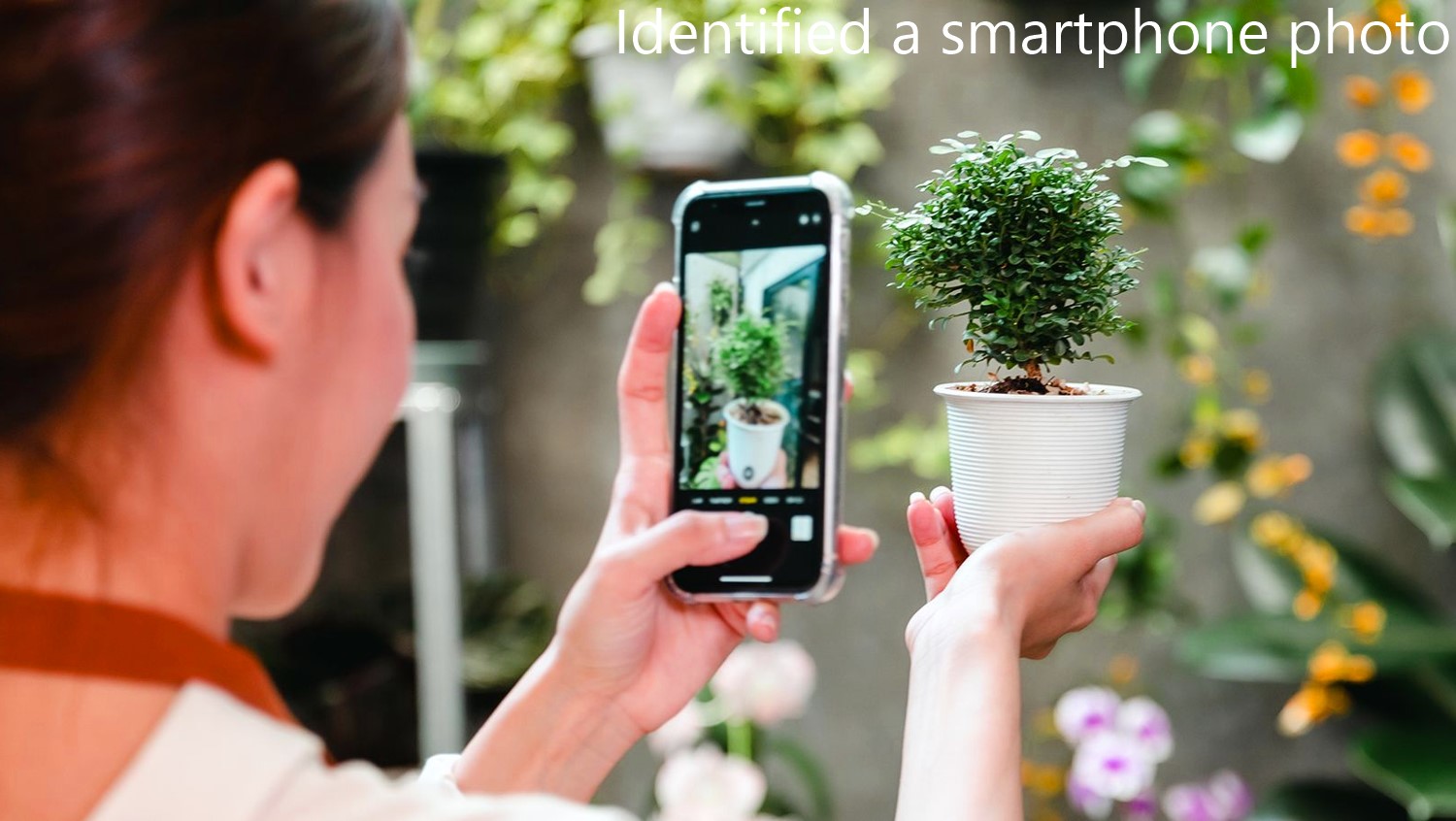The potential hazards to one's personal digital security advance along with technology as it advances. Concern over the potential for fingerprint data
The potential hazards to one’s personal digital security advance along with technology as it advances. Concern over the potential for fingerprint data to be extracted from digital photos has grown. Is this only technological hysteria or a real threat to privacy?
Typically, a smartphone snapshot can’t capture all the fine characteristics of your fingerprints. The resolution and specialised optics required to capture the minute details of fingerprints are still lacking in smartphone cameras, despite the fact that they have substantially improved over time.
Contents
Fingerprints be identified from a smartphone photo
Ridges and troughs on the skin’s surface create fingerprints. These ridges serve as a means of identification because they are particular to each person. Specialised tools, such as fingerprint scanners or forensic procedures, are needed to capture the minute features of fingerprints.
Even those with high megapixel counts, smartphone cameras are not intended for or optimised for taking detailed pictures at such close ranges. They are primarily designed to photograph commonplace items and sceneries. A smartphone camera cannot capture fingerprints with the degree of detail needed for accurate reproduction.
The shiny quality of human skin might also make it difficult for smartphones to reliably record fingerprints. The sharpness of the fingerprint picture can be considerably impacted by illumination, angle, and surface reflection.
Read More: Using Puppet Warp in Photoshop, create a fun animation
It’s important to note that specialised methods, such ink-based fingerprinting or sophisticated optical scanners, are frequently used to collect fingerprints. These techniques guarantee the creation of pictures of the highest calibre for forensic and identification uses.
The complex features required for fingerprint recognition or forensic analysis are therefore unlikely to be shown by a smartphone snapshot, even though it may capture an overall image of a fingerprint.
Identifying Fingerprints: An Understanding
For more than a century, fingerprints have been a trusted technique of identification. These intricate designs of ridges and valleys seen on the tips of our fingers are distinctive (or perhaps not!) to each individual and very hard to replicate. Fingerprint recognition is now widely utilised for everything from unlocking cellphones to entering high-security places thanks to the development of biometric technology.
When a fingerprint is recorded digitally, high-resolution scanners that employ a variety of technologies are often used to record every nuance of the ridges, details, and patterns that make up the print. To guarantee the precision and dependability of fingerprint-based identification systems, this level of specificity is required.
photographing fingerprints
Even with the remarkable improvements in smartphone camera technology, photographing a fingerprint’s minute features is a very difficult operation. The normal width of a fingerprint pattern is less than one millimetre. The camera needs to be very close to the finger in order to effectively catch these details in a shot, and the lighting needs to be almost ideal.
The typical smartphone camera lacks the fine-grained precision required to record fingerprint data, while being good for the majority of common usage. Without specialised macro lenses and regulated lighting conditions, even high-end DSLR cameras may struggle to photograph fingerprints.
Despite the fact that many modern smartphones now have the capacity to shoot macro photos, which can catch minute details on small subjects, you’d undoubtedly notice if someone tried to take a shot of your fingertips from an inch away.
Read More: What Makes Candid Wedding Photography Popular
Fingerprint Extraction from Images
The next challenge is obtaining the data, assuming a photo has been shot with sufficient detail to potentially capture fingerprint information. Some computer algorithms can examine an image and find probable fingerprints there, but they need photos that are useful, high-resolution, clear, and well-lit.
These algorithms are less effective or accurate than specialised fingerprint scanners even when these requirements are satisfied. They are typically utilised for forensic investigations where additional data might support their conclusions.
But difficult doesn’t always imply impossible, which is why this is a topic worth considering right now. Researchers from the National Institute of Informatics in Japan reported in 2017 that they had been able to effectively recover valid fingerprints from images of exposed fingers taken up to three meters distant.
These fingerprints were obtained from current phone cameras, indicating that if users expose their fingers to the camera, they are capable of capturing adequate fingerprint information.
Therefore, the notion of extracting fingerprints from photos you share online isn’t simply a theoretical one; there is actual proof that it is possible. Not to mention how much more advanced phone cameras will be in 2023 than they were in 2017

COMMENTS